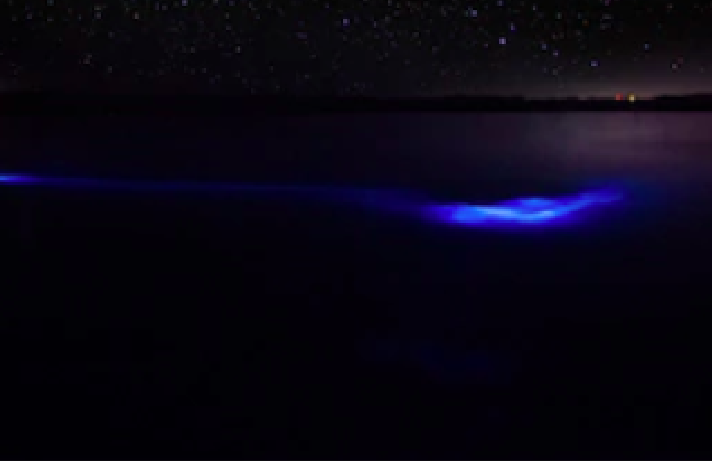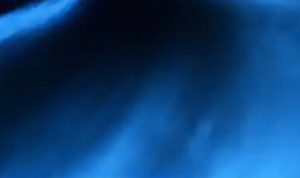
Bioluminescent Bay in Fajardo
The Laguna Grande in Puerto Rico is famous for being one of the only bioluminescent bays in the world. A bioluminescent bay is a body of water that contains millions of dinoflagellates that glow when they are agitated. There are only five known places worldwide where the same type of dinoflagellates live, and three of them are in Puerto Rico. The other two are in Jamaica and the Bahamas. Of the five similar bays, only three remain intact.
Due to pollution, industrialization and the destruction of their natural habitat, dinoflagellates in Paragua, Puerto Rico and the Bahamas are very dim. The bioluminescent bay in Vieques island is the brightest. The isolation of the island, lack of light from development nearby and little pollution from boats, has created an environment where dinoflagellates flourish. The concentration of these living organisms per gallon in Vieques is the highest in the world.
Originally, I wanted to go to Vieques badly and it was one of the primary reasons Dan and I decided to visit Puerto Rico in addition to the Dominican Republic. However, after doing a bit of research on logistics, we realized that we could forego Vieques for the lagoon in Fajardo (a close second for brightness) in order to spend a bit more time in Culebra.
Laguna Grande was beautiful. There are two ways to access the lagoon and see the bioluminescence. One is by electric boat, and the other is by kayaking. We opted for the latter of the two.
There are a number of tour operators that run excursions to the bioluminescent bay. And, despite scouring online reviews to see which one would best suit us, they all offer a very similar experience.
Our tour began at 8:30pm with a half hour of paddling through pitch black mangrove swamps until we reached the large lagoon. While it was a little difficult to steer in the dark, canoeing through the mangroves was my favorite part of the excursion because the darkness of the environment caused the dinoflagellates to glow brightly and leave a neon blue trail in the wake of the kayaks.

The phenomenon was spectacular. As I ran my hands in the water, trails of blue light dripped down my fingertips and across the palms of my hands. I spent some time splashing the water and watching the light flicker as it hit solid surfaces. It was absolutely mesmerizing and unlike anything I have ever seen before.
If it hadn’t been for the hoards of inexperienced kayakers that kept crashing into each other and screaming for light, I imagine my experience would have been all the more surreal. Yet, every time I examined the phosphorescence, my moment of awe was interrupted those in our group who complained about the lack of visibility. It made me wonder why someone would sign up for a night kayaking tour if they were so adverse to darkness.

Fortunately, throughout my travels, I have learned to block out the complaints of fellow tourists and enjoy each place for what it is. I find that it would take very little effort to be impressed with the beauty of the Laguna Grande, but certain tourists travel with expectations and preconceived notions of the places they are visiting. Not only do these notions often lead to disappointment, but they hinder people from really experiencing places.
Some of the people on our tour were so negative and complained so much that I doubt they even took a moment to look at the water.
I did not attempt to bring my camera on the kayaking tour because the phosphorescence does not render well in pictures unless the colors are significantly enhanced. In addition, I did not want to risk getting my camera wet. Here are some pictures of the bioluminescent bay at night from Google.

